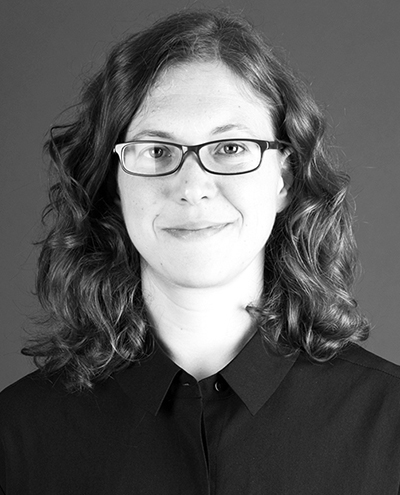Virtual reality isn’t just about flashy immersive graphics, it should generate meaningful outputs that can feed into design, says Elite Sher, head of VR, augmented reality and immersive environments at design consultancy Bryden Wood.
Yours is a new role, why was it introduced?
I joined Bryden Wood to set up and head the new team. Our aim is to integrate VR and AR technologies into day-to-day work and design processes, to develop and prototype innovative features and bespoke tools. Bryden Wood’s work covers everything from business strategy through to architecture and engineering.
A key focus is on developing client-centred VR/AR applications that deliver interactive and immersive experiences. Most clients now expect some form of building tour in VR, but we offer other added value in our bespoke tools, such as interactive design tools that allow you to create content in VR and even real-time data visualisations of the design.
These are that tools that can be integrated directly into the designer’s everyday working practices. For example, we are planning to develop an experience for a major pharma company that will enable them to visualise a building’s operations as close to reality as possible. The system would give users feedback if they carry out an unsafe or incorrect procedure.
What other experiences has the team developed?
It previously worked with the Ministry of Justice on a VR demo to engage the building’s end users in the story of the design and enable them to influence it before construction.
The firm also worked with Highways England on a project to make the design of very large and complex infrastructure projects more accessible and data more clearly visualised.
In general we try to work with BIM – a fundamental feature of our working process – to see how we can get more data out of models and into VR/AR.
What’s Bryden Wood’s VR hardware of choice?
We mainly use the HTC Vive system because it is more immersive and interactive compared to other headsets. It has two hand-held controllers and motion sensors that track the user’s movement in the real physical space and map it into the virtual space.
For multi-person, “social” VR we use mobile phone-based headsets and we are now developing AR experiences for Microsoft HoloLens.
Some architects want to integrate VR more closely into early design development – is that the future?
It is nice to have intuitive tools in VR that enable you to do 3D sketches, but it will never replace the current design process. Architects will still design mostly in 3D software viewed in 2D on-screen.
A key aim should be to visualise design data more simply so that people who don’t have experience of interpreting floorplans and sections etc become more engaged.
One criticism of VR is that it is a very isolating experience and not well suited to collaboration. Would you agree?
It depends on the experiences you are trying to build, if you can get useful outputs from the experience to import into the 2D design process then it can make a big difference because it becomes part of an holistic process.
In any case, some VR platforms are developing multi-user experiences, and even using existing systems, where only one person wears a headset, others in the room can see what they see on a screen, which engages them to some extent.
How will VR and AR evolve in the future?
AR will become more common than VR, mainly because the technology it uses is more accessible – today’s systems only require a smartphone to create a highly-immersive AR experience.
That said, each platform has its own benefits: VR is more about being immersed in an environment that doesn’t yet exist; AR is great for displaying layers of information on top of objects that already exist in reality.
Over the next year or so all the big vendors are going to release untethered devices for VR and AR. I hope that, in the near future, headsets become a ubiquitous piece of IT equipment, as familiar to architects or engineers as a mouse and keyboard.

In general we try to work with BIM – a fundamental feature of our working process – to see how we can get more data out of models and into VR/AR.– Elite Sher, Bryden Wood















